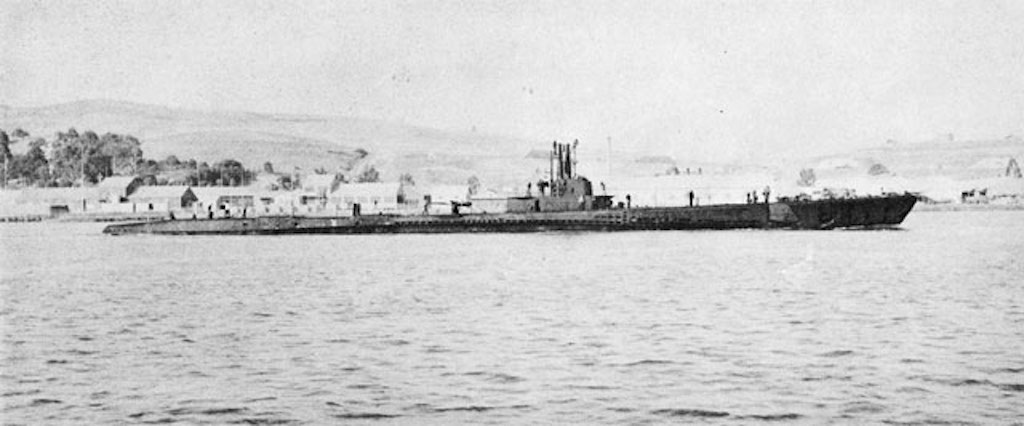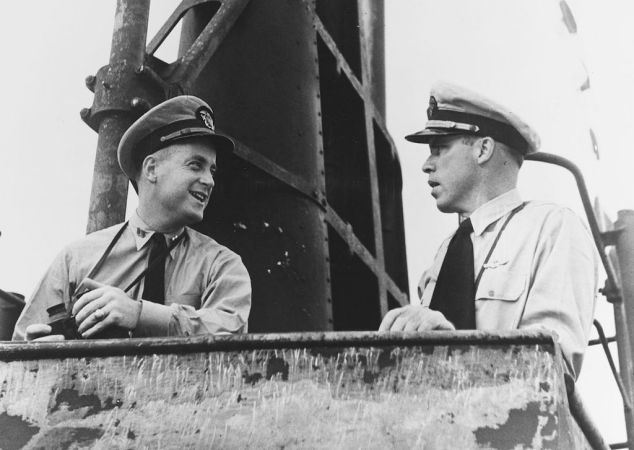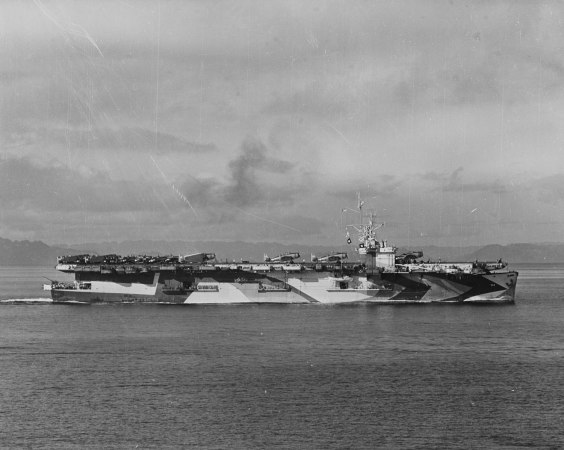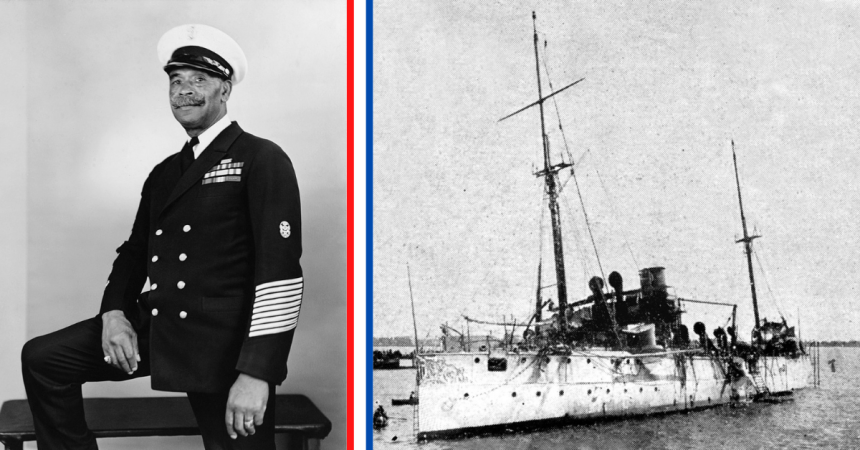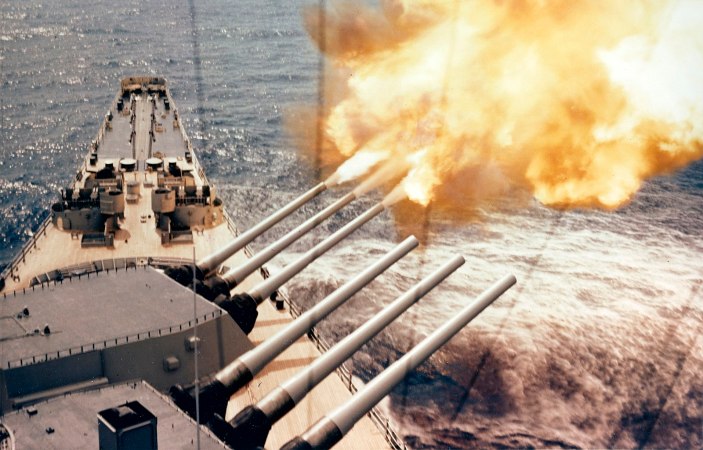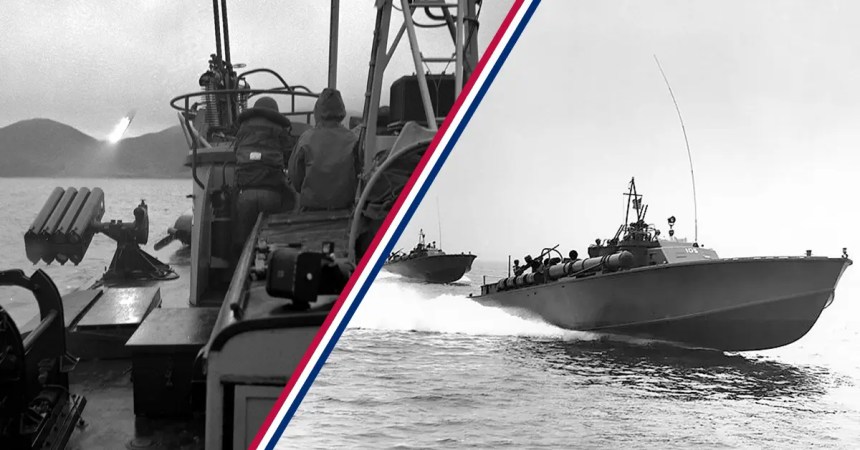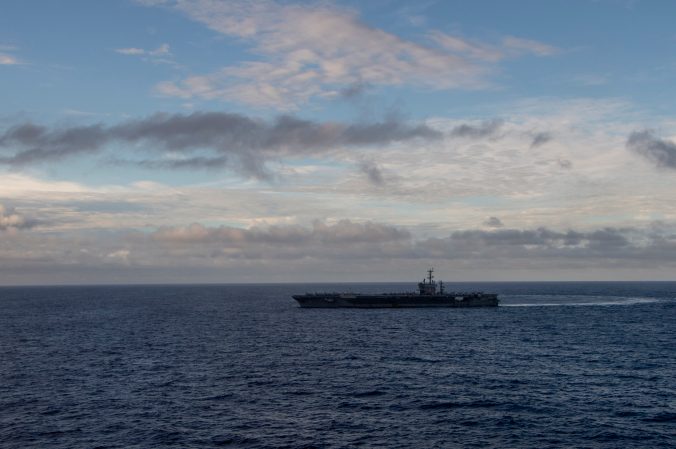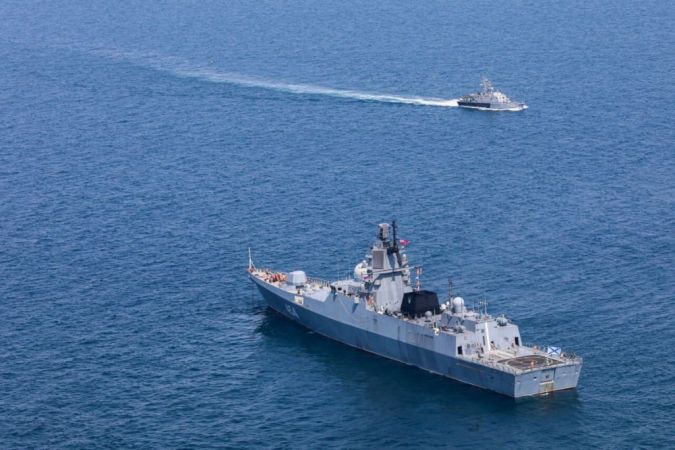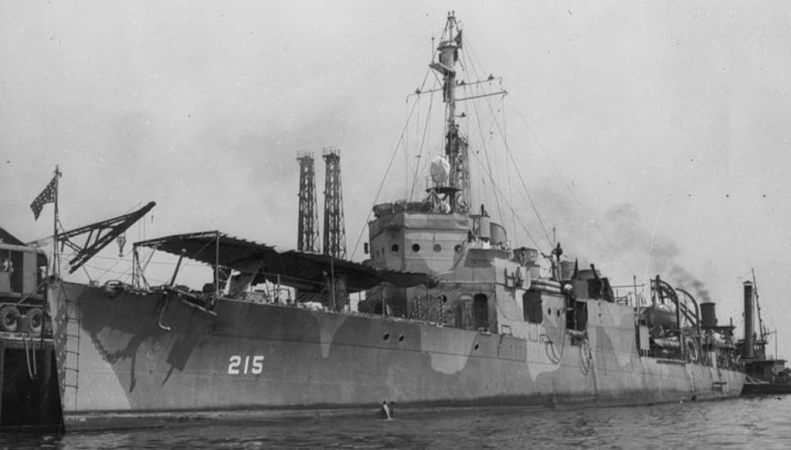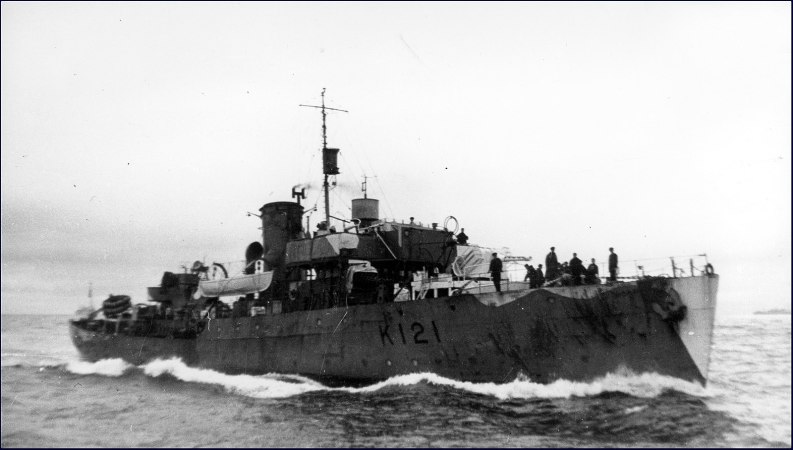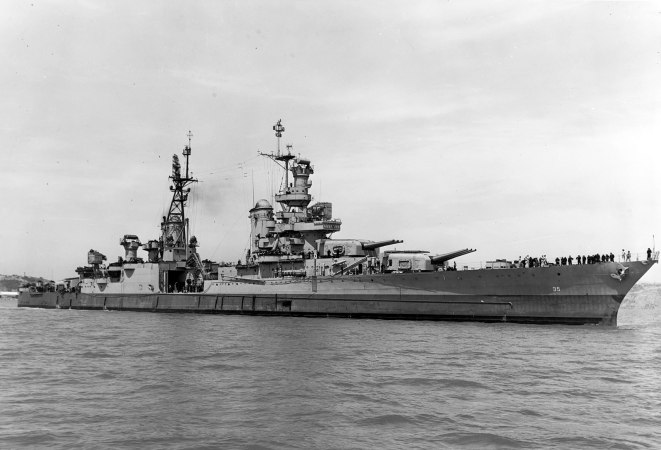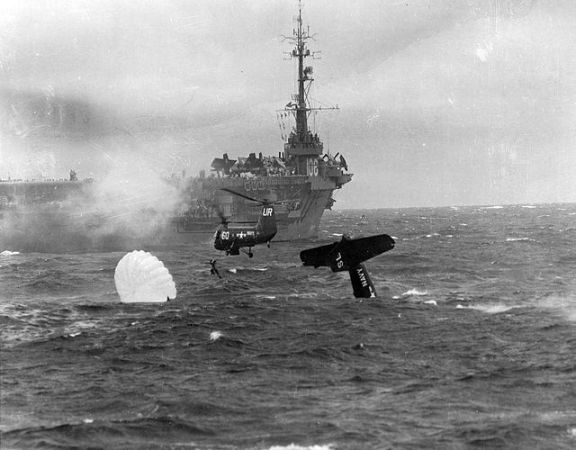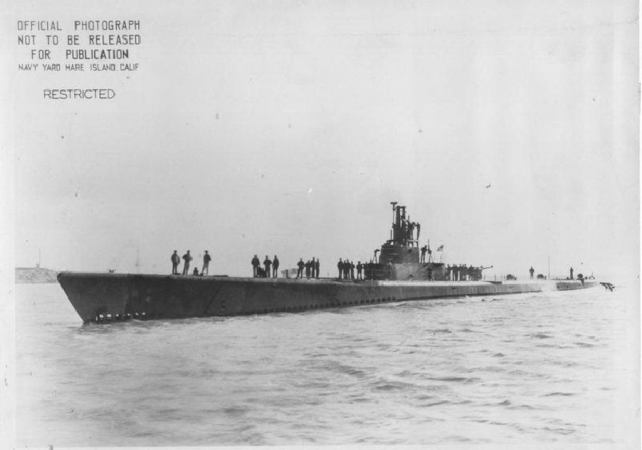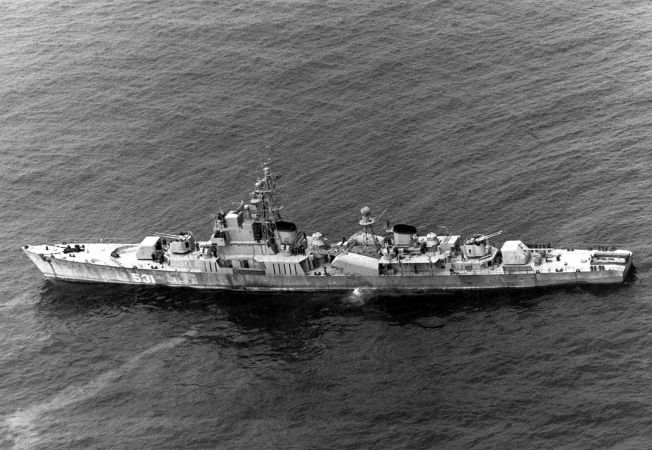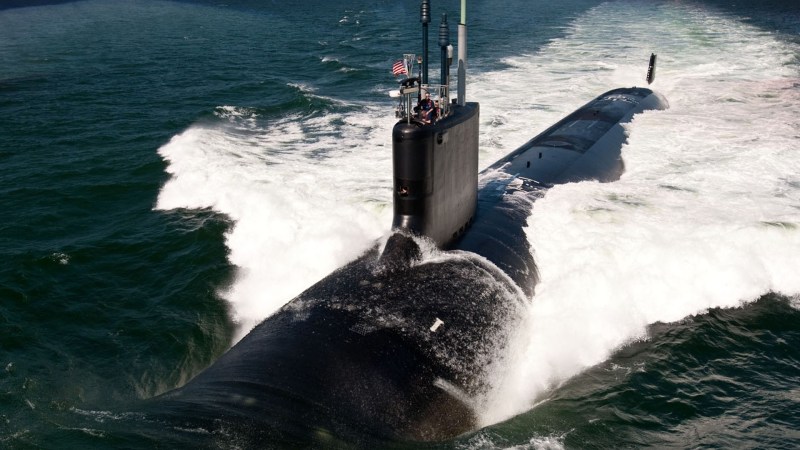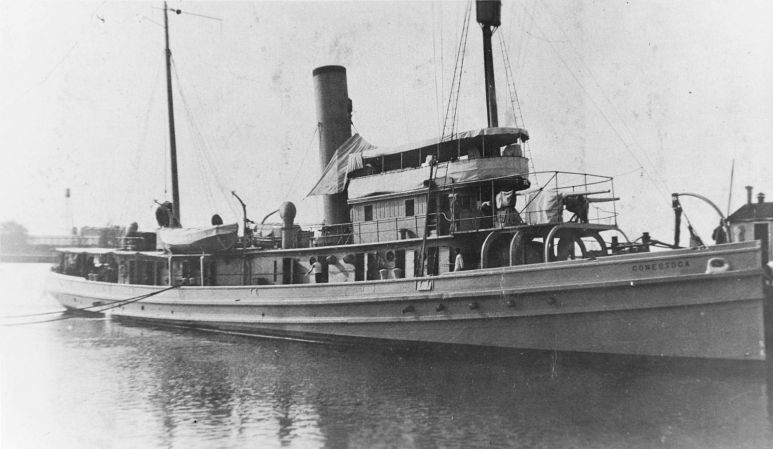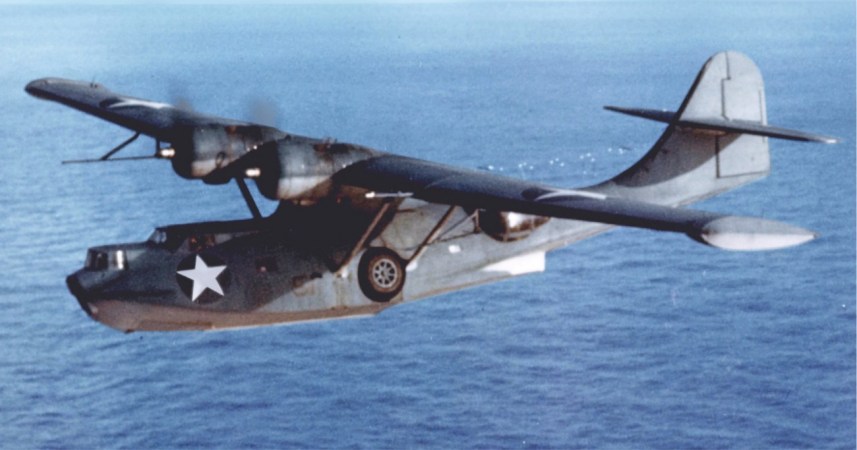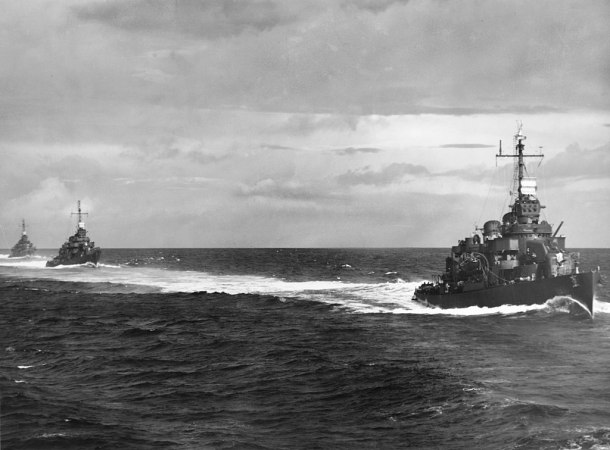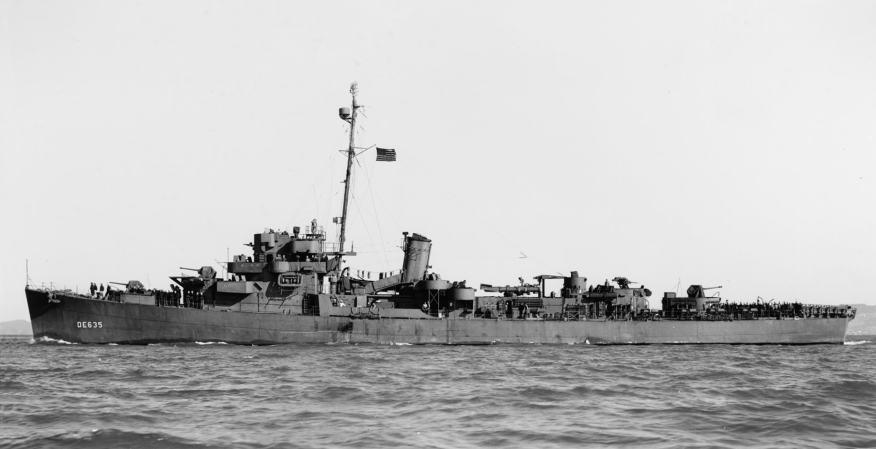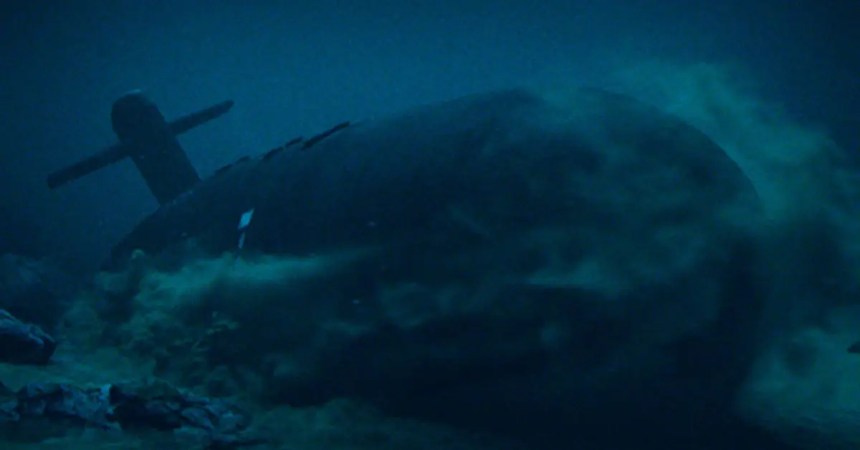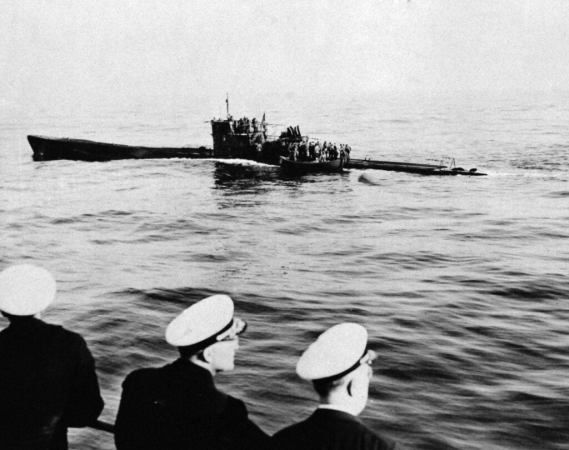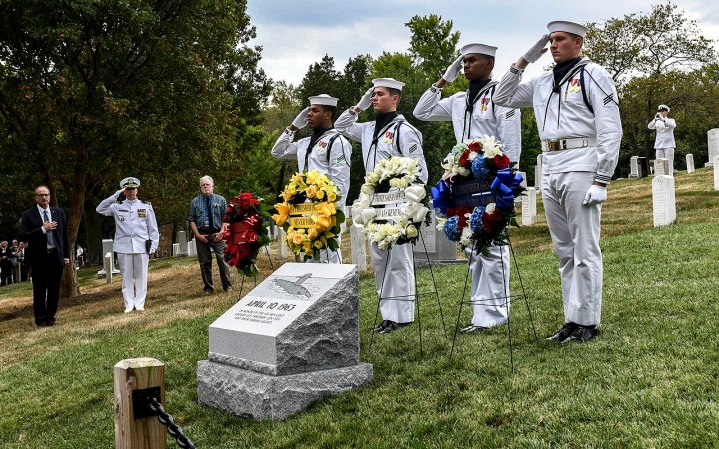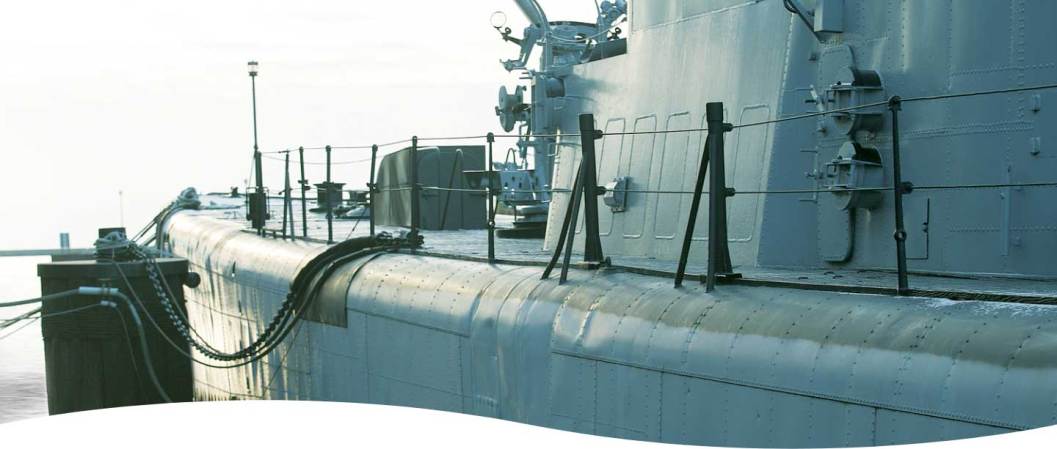In October 1944, a U.S. submarine picked a fight with a tanker and four anti-submarine ships. The Japanese escorts lobbed 30 depth charges against the submarine, deforming its hull, causing severe flooding, and jamming its stern planes. The submarine sank past its expected crush depth. But then it blew itself to the surface, made emergency repairs, and fought off its attackers like a wounded lion. This is the insane story of the USS Salmon survival.
The Salmon’s prey
The Salmon’s legendary patrol started in Tanapag Harbor, Saipan, on October 4. The boat had new engines and a large number of recent upgrades as it started its 11th war patrol. It went on patrol with two other submarines, the Silversides and Trigger. The three-sub pack headed for the southern approaches to the Japanese home islands.
The subs found no suitable targets until October 30 when Salmon found a large Japanese tanker, the Takane Maru, escorted by four frigates. Salmon radioed the ship’s position to its peers and then chased the tanker through rain squalls for most of the day. Luckily, 12 hours after Salmon started chasing Takane Maru, Trigger managed to hit it with a torpedo. The massive explosion immobilized Takane Maru.
The American subs waited an hour as the escorts looked for them, then Salmon began an attack run. Despite three of the escorts drawing near, Salmon fired four torpedoes from its bow torpedo tubes at Takane Maru and then swung around in case it needed to fire more from the stern.
Unfortunately, three of the torpedoes broached the surface, making it clear where the Salmon was. As two torpedoes crashed into Takane Maru, the Salmon conducted a crash dive to 310 feet to get away from the escorts.
The Salmon is stricken
The escorts fired four spreads of depth charges at Salmon. The first two spreads inflicted catastrophic damage. A Navy report said:
The Commanding Officer reported that severe flexural vibrations of the ship as a whole occurred during close detonations, stating that “The conning tower vibrated up and down so violently that I thought the ship was going to shake herself apart. I remember bending my knees to ease the shock”. Damage to the ship was severe and widespread. Unattached gear and many inadequately secured small fixtures were hurled about during close detonations and presented an appreciable missile hazard to personnel in some areas.
Submarine Report, Section VII, U.S.S. Salmon (SS-82)
In addition to the submarine shaking and bending, pipes and fittings broke, and seawater rushed in through leaks in the fittings. And the stern planes became stuck in the full dive position. Also, air leaks took away the crew’s power steering.
The crew didn’t know until later, but a number of hatches broke open and the boat was barely saved by secondary hatches. Many of the fittings that saved the boat were installed during the overhaul just before the tour.
A number of pressure gauges broke or lost calibration. This made the crew’s job harder and more terrifying just moments later.
As the seawater rushed into oil tanks and multiple compartments, the combination of increased weight and the jammed stern planes forced the submarine deeper. The commander ordered emergency speed and trimmed the boat to try and reduce its depth. Each time they tried to level out, however, the sub would immediately descend further.
Attempts to pump out the seawater to reduce weight failed as cork clogged the pump lines. The water shorted out many electrical connections and nearly reached the batteries. The boat lost main power and, for a few minutes, auxiliary power.
The Salmon sank to 400 feet, then recovered to 300, then sank to 400, recovered to 150 feet, and then plunged past 500 feet.

In a boat designed to operate at 250 feet of depth, maximum, pressure gauges registered 578 feet. Combined with the boat’s steep tilt from the damage, that would mean that damaged sections of the Salmon passed 600 feet, if accurate. The crew reported sections of the hull bulged inward, likely from the excessive depth and pressure in this moment.
The Salmon rises again
The boat’s batteries barely held any energy, the hull bulged inward, and the crew couldn’t get the ship level. But the Japanese ships continued to send out depth charges and patrol overhead. About 17 minutes had passed since the first frigate attack against the Salmon.
Faced with the choice of crushing or a fight, the commander ordered a battle surface. They blew their ballast tanks, pushing out seawater from the hull, and raced topside.
When it surfaced at 2030 (8:30 PM), the boat essentially had no air left to blow ballast again, so it couldn’t risk a dive to evade enemy ships. It had to stay on the surface. It couldn’t even push out water to correct a 15-degree list.
The Salmon found itself up moon of the Japanese frigates and about 4 miles distant. Luckily for them, the enemy ships focused on the site of the initial fight and didn’t immediately notice the American boat, despite the moon. According to the Navy report:
This delay was invaluable for it enabled Salmon to take damage control measures, man guns, correct list, increase freeboard, obtain partial operation of the surface propulsion plant and repair vital auxiliary machinery before the first escort closed in for an attack.
Submarine Report, Section VII, U.S.S. Salmon (SS-82)
The crew found the main deck gun’s sights completely destroyed, but the rest of the weapon worked fine. The missing sights plus the boat’s list forced the crew to improvise aiming, with one member looking down the barrel and yelling orders to the others.
The Salmon got three diesel engines working and managed to use blowers to remove more seawater. But then at 2100 (9 PM), the closest escort spotted the American boat and began lobbing shells at it.
The Salmon eludes the net
After 30 minutes of the escorts firing from distant range, Salmon sent out a call for help. It improvised a new radio antenna as the original ones were all destroyed. It told its pack mates, Silversides and Trigger, about its extensive damage and the nearby Japanese ships firing on it.
Silversides, Trigger, and four other submarines within range responded by all sending voice messages on the radio, warning the Japanese that a significant American threat existed. But with the Salmon bleeding and vulnerable right in front of them, the frigates closed in anyway.
The first escort chased down the Salmon for almost two hours. The two vessels traded shots with Salmon carefully shooting only when a hit was likely to conserve ammo. The Salmon spotted a rain squall that it could slip away in and attempted an escape. From the Navy report:
The enemy then headed to intercept and Salmon immediately staged a surprise offensive attack. Turning directly toward the patrol craft, Salmon charged in with all available speed and passed at about [50] yards distance on opposite course, raking the escort from end to end with 20mm, 40mm and 50 cal. machine guns and probably killing most of the enemy personnel topside. Damage from enemy light fire was minor. This maneuver knocked all the fight out of the Japanese escort and Salmon once again headed toward this rain squall.
Submarine Report, Section VII, U.S.S. Salmon (SS-82)
To be clear, a submarine that barely survived its crush depths, leaked oil, and had broken weapon sights attacked a Japanese frigate so badly that the frigate backed off. Even better, a second frigate fired a few shots but seemed to decide that the Salmon was too vicious. It let the Salmon go as, 45 minutes past midnight on October 31, the Salmon made good its escape into the rain squall.
The submarines Salmon, Silversides, and Sterlet escorted Salmon back to safety and planes joined starting on November 2. On the evening of November 3, the stricken submarine pulled back into the relative safety of Tanapag Harbor.
The extensive repair work needed forced the Salmon to California in 1945, but the war ended before the repairs did. On October 5, 1945, repair work ceased and the boat was scrapped in 1946.
Salmon ended the war with credit for sinking 11 ships, including partial credit for the Takane Maru, which was finished off by Sterlet days later.


